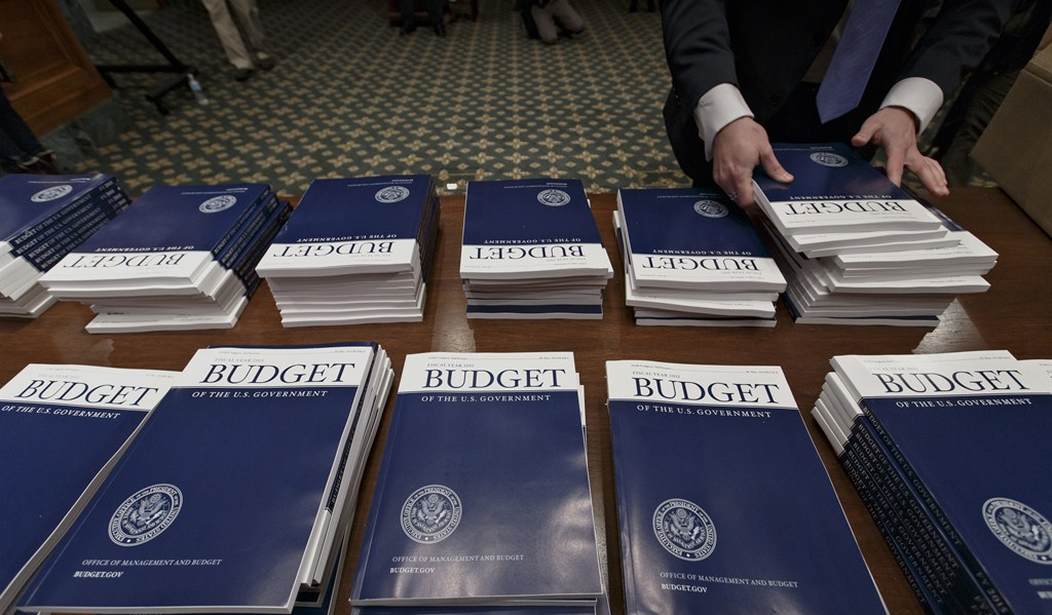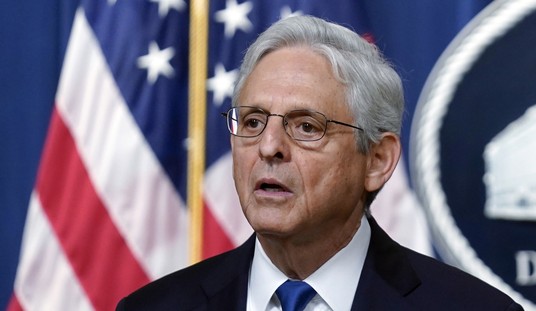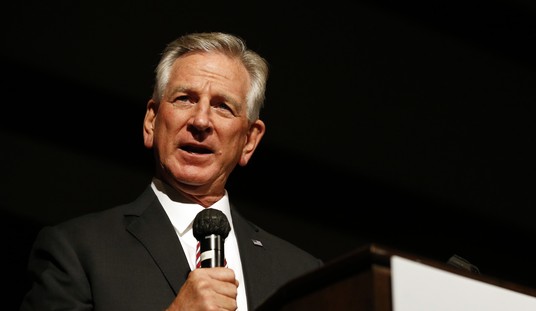The Congressional Budget Office released its long-term budget forecast yesterday and it’s a hair-raising forecast, indeed.
The CBO says the debt will rise to 98 percent of GDP this year and be 195 percent by 2050. That smashes the record of the post World War II economy when the debt reached 106 percent of GDP.
The debt already makes up 79 percent of our GDP. In 2007, before the previous recession, it was at 35 percent.
“This is by far the highest level of debt recorded in American history,” said Rep. Steve Womack (R-Ark.), the ranking Republican on the House Budget Committee, in a statement. “A burden of this magnitude increases the risk of a financial crisis brought on by Washington’s failure to budget.”
CBO Director Phillip Swagel noted, however, that a fiscal crisis isn’t immediately at hand while the Federal Reserve works to keep interest rates so low. The debt is still manageable and Congress has time to address it — although action may soon be needed with major Social Security, Medicare and highway trust funds set to dry up within the next 11 years, Swagel said.
There are no budget caps, no restraints whatsoever on spending. And as long as Congress continues to pass continuing resolutions to fund the government, no overall budget strategy can be formulated to head off the coming disaster.
Congress has to get a handle on mandatory spending programs.
CBO projected that mandatory spending will increase from nearly 13 percent of GDP last year to 17.5 percent in 2050, with rising costs for health programs and Social Security exacerbated by an aging population.
Interest on the debt is also expected to quadruple as a percentage of GDP over the next three decades, increasing from 1.8 percent of GDP in 2019 to 8.1 percent of GDP in 2050. Federal spending on interest payments is expected to exceed all discretionary spending by 2043.
Those estimated interest payments on the debt are based on the idea that interest rates will be low through 2050. But suppose inflation rears its ugly head? The Federal Reserve’s normal response would be to raise interest rates. But when we’re already paying $375 billion (about 8 percent of the budget) just to service the debt, how can the Fed jack up rates to halt inflation without ruining the economy?
As the debt rises, interest rate payments rise as well. Servicing the debt, according to the Committee for a Responsible Federal Budget, could exceed a trillion dollars by decade’s end.
As a share of the economy, interest payments will nearly double – from 1.6 percent of Gross Domestic Product (GDP) last year to 3 percent by 2029. Under the AFS [alternative fiscal scenario], interest would be 3.4 percent of GDP by 2029, surpassing the post-WWII record set in 1991 when interest payments were 3.2 percent of GDP.
Nearly two-thirds of the projected increase in interest spending over the next decade will come as a result of our growing national debt, while the other third will be the result of interest rates rising toward more normal levels (though remaining well below historic averages) under CBO’s projections.
Congress appears to be hoping that nothing bad will happen before they retire. Leave it for the next Congress, they seem to be saying. There is no doubt that getting the budget under control will mean less money in many people’s pockets. It will take both massive tax increases and painful cuts in social and military spending to get our fiscal house in order. There are going to be screams of agony coming from every interest group in the country.
But there’s nothing for it, it has to be done. Otherwise, the economic cataclysm will probably destroy the United States as we know it.










Join the conversation as a VIP Member